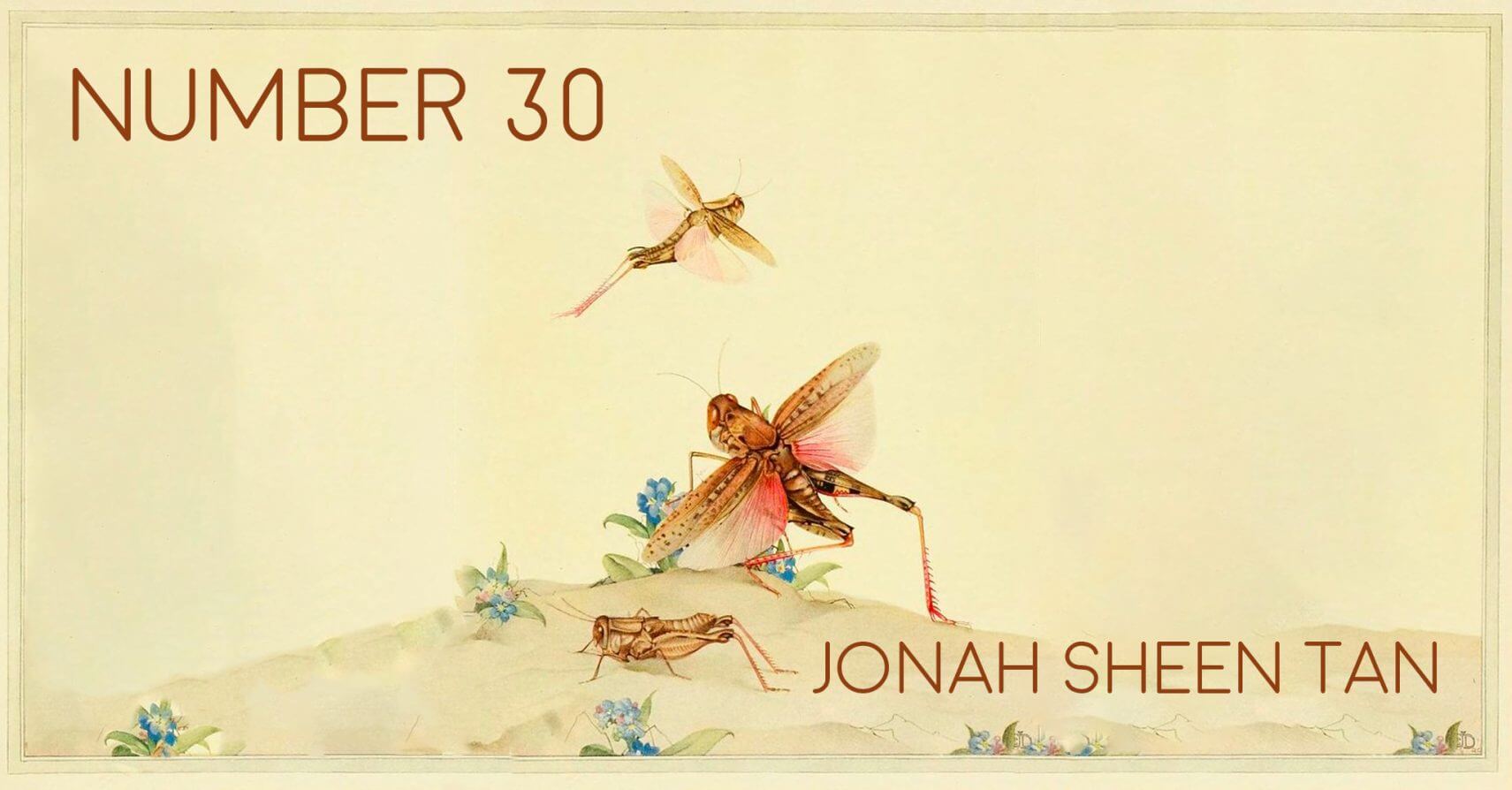It was quite evident to me that grazing Jackson Pollock’s Number 30 was the right thing to do. The real problem was how to do it. I had settled on grazing the 17 foot canvas after much consideration because touching was far too stoic for an expressive like Pollock and hugging was disgustingly uncouth. Besides, the dead man’s cigarettes still clung stubbornly like locusts to paint, decaying for art’s sake. A deft and bold graze of the fingertips, I decided, was both aesthetically respectful and sanitary.
I was always a Pollock. In the mornings, I walked the long concrete path from our backyard to grade school. The engineers had razed dirt paths till they were brittle and crumbly like freshly cut cake before pouring in the concrete. When it dried what remained was a wide, flat, pedestrian superhighway called the Park Connector. I didn’t like them calling it a connector because it connected nowhere and was fun all over. If your feet grazed softly enough against obliging concrete, terrestrial undulations awakened and revealed themselves. To step on the same spot sideways was to step on a different spot altogether.
The teachers at grade school got angry when I wouldn’t do the things they wanted everyone to do. I tried to tell them it was boring but they wouldn’t listen. So they started picking on me. They made me haul my table to the edge of the classroom and they made me face the wall. Sometimes I sat outside. It was perpetually summer where I came from, but I studied the rustle of the stately rain tree when I couldn’t see the blackboard and knew Pollock’s Number 30 before I ever experienced autumn. They made me keep a palm-sized, pale-blue stapler-bound lined notebook. I drew a vertical in the middle of the page: on the left I wrote “Good Behavior” and on the right I wrote “Bad Behavior.” I thought that was the most stupid thing to do and I hated stupid people who made me do stupid things. When I was eight, the doctor told my mum I had ADHD. The teachers knew but it didn’t matter because they still picked on me when I was nine and ten and eleven and twelve.
I am different now, of course. There is a Chinese word, 开窍, which literally translates to straightening out. Within family circles, I am boasted of as being straightened out. In fact, I am so straightened out that today I am both the product of straightening and the straightener himself. Yet to straighten is to smooth over and to smooth over is to elide. Last winter when my partner needed an extra set of keys I refused to duplicate them because it clearly read “Do Not Duplicate.”
The doctors declared me misdiagnosed with ADHD at the end of grade school. It was speedily pronounced that I’d had it in me all along, that I’d been mistakenly held back by those doctors and teachers but that now, now I was what I always was. I could never tell them that straightening yourself out is not a pretty thing. Prodding and pulling don’t do it. You’ve got to pound and beat and crush into submission even though it hurts and you don’t want to.
Number 30 feels wide and flat. It does not dance or quiver. Yet when my fingertips graze the streaks of paint, no one knows, the locusts come to life, the dead commune with the living and whatever they’d have me write on the palm-sized, pale-blue stapler-bound lined notebook — they can’t catch me. I heave my hefty exhibition catalog shut and keep running.

